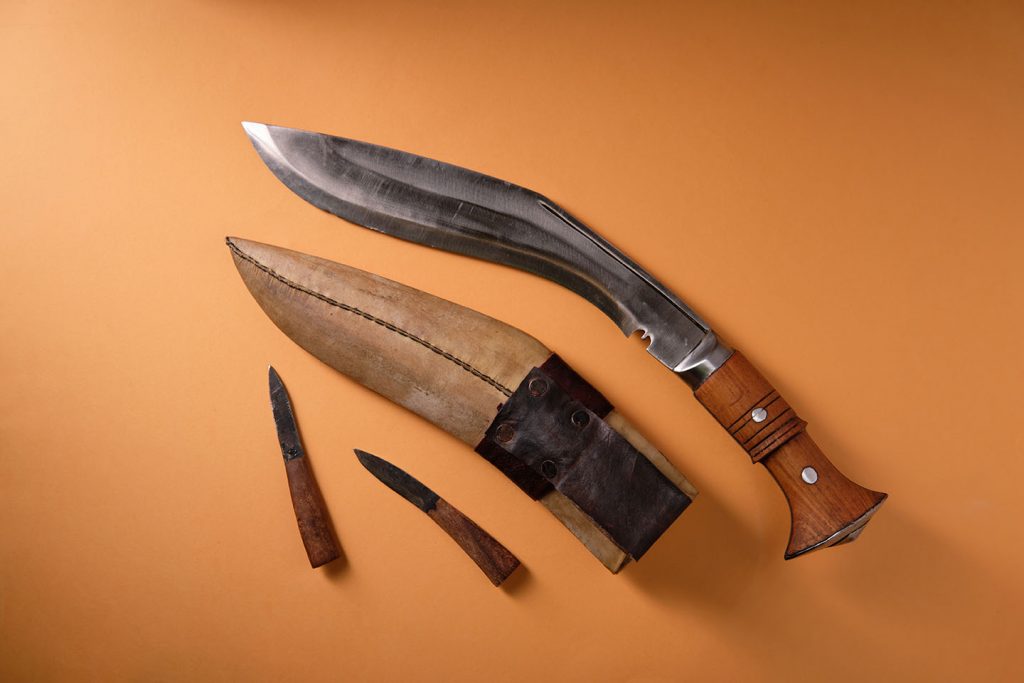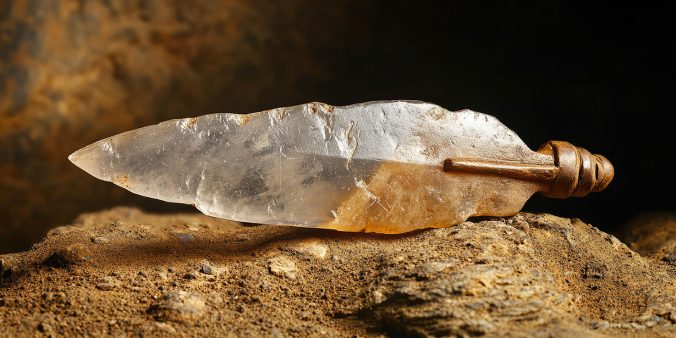Before there were wheels, pyramids, or memes, there were knives. These humble blades have been by our side since we were banging rocks together and calling it innovation. Whether as tools, weapons, or dinner prep champions, knives haven’t just survived history—they’ve carved it.
Let’s take a breezy-but-brainy stroll through time and see how knives helped shape civilization as we know it.
From Flint Chips to Bronze Blades: The Original Multitools
The first known knives weren’t forged in a fire—they were knapped from stone. Think 2.5 million years ago, long before Wi-Fi or indoor plumbing. Early humans used sharp-edged rocks for hunting, skinning, and probably settling disputes over mammoth meat.
Eventually, we upgraded to metal. Bronze Age knives weren’t just stronger—they were prestige items. If you had a fancy copper blade, you were basically the neighborhood big shot.
Weirdest Ancient Blades
History’s got some serious knife oddities. A few favorites:
- The Ulu knife (Inuit): Half-moon shaped and used for everything from skinning seals to cutting hair.
- The Sica (Thracian): A curved blade favored by gladiators who weren’t afraid to go for the underbelly.
- The Bronze Dagger of Tutankhamun: Made from meteorite iron. Yes—space metal. Ancient aliens, anyone?
Trade, Territory, and Tactical Steel

Once humans figured out metallurgy, knives became more than tools—they became currency and political power. Entire trade routes formed around the distribution of blade-worthy metals. Got access to high-quality iron? Congratulations, you’re a superpower now.
Take the Kukri, for example: a Nepalese knife that’s still revered today. It shaped both warfare and culture in South Asia, and it’s not just for show—it’s a working blade with serious bite.
Or consider Damascus steel, so coveted during the Crusades that it fueled myths and legends. Its wavy patterns weren’t just pretty—they signaled elite craftsmanship and deadly edge retention.
Knives and Social Status: From Peasant to Prince
In many cultures, the knife you carried said everything about who you were.
- Viking seax? You were a warrior—and not to be messed with.
- A tiny, decorative penknife in 18th-century Europe? You were literate and well-bred.
- Ceremonial blades in Africa or Southeast Asia? Often imbued with spiritual or leadership significance.
In short, knives weren’t just practical—they were statements.
Summary: Humanity’s Sharpest Sidekick
From cavemen to kings, knives have played a vital role in how we hunt, fight, cook, and craft. They’ve served as status symbols, survival tools, and yes—even fashion accessories (we see you, belt clip crew). While materials and styles have evolved, the relationship between humans and blades is as strong as ever.
Your Turn: What Blade Would You Time Travel With?
If you could carry a knife from any era in history, what would it be—and why?
Would you rock a Viking seax, wield a samurai tanto, or go full Pharaoh with that meteorite dagger?
Drop your pick in the comments or tag us with your historical dream blade. Let’s get the ancient carry conversation going.
#KnifeDepotHistory #TimeTravelerEDC





November 23, 2025 at 9:03 pm
It’s fascinating how something as simple as a knife played such a pivotal role in human history. The transition from stone to metal blades not only improved functionality but also symbolized status. The mention of the Bronze Dagger of Tutankhamun crafted from meteorite iron is mind-blowing—connecting ancient civilizations to the cosmos adds a mystical layer to our knife